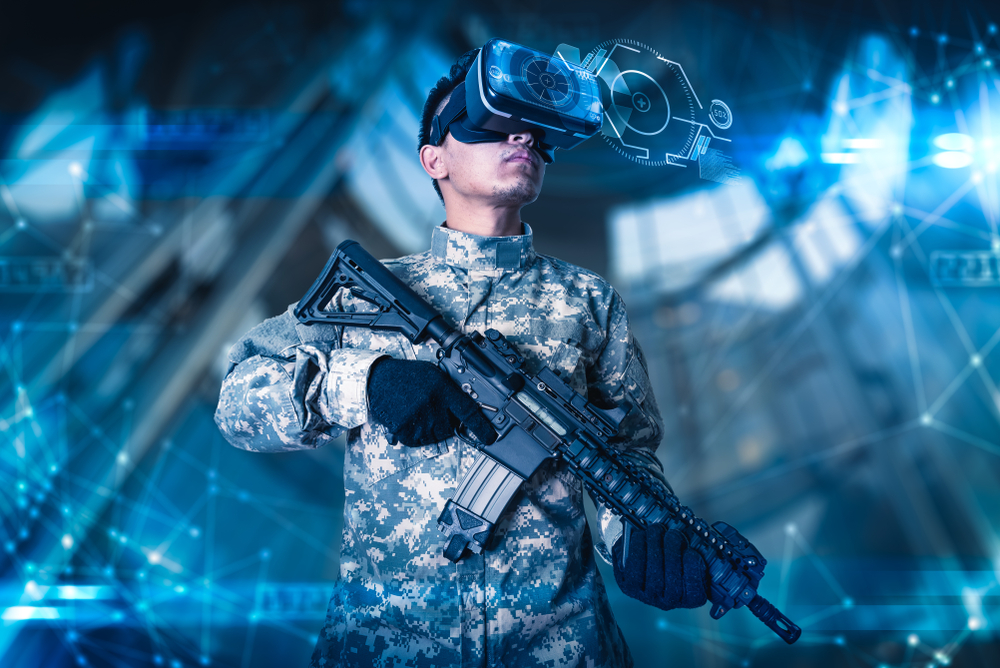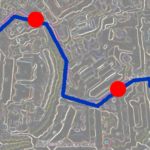We discuss the following topics in this blog:
- Knowing what IoBT is all about.
- Imagining a Digital Battlefield
- Need for IoBT
- How can IoBT be a winning solution on the battlefield?
In addition to these topics, we shall also be answering the following FAQs:
- What is WiFi?
- What is an Optical Fibre Cable?
Contents
Overview
IoT has transformed from a mystical magical jargon to something tangible now. It is transforming manufacturing and operations at a large scale. IoT has also brought a great revolution in the defence sector and is better known as the Internet of Battlefield Things (IoBT).
On that note, let’s dive deep and know more about IoBT.
What Actually is IoBT?
IoBT is the emerging reality of warfare; it will be leveraged to improve military operations, especially related to the battlefield. IoBT allows connectivity between humans, networks, and interfaces on a large scale; it offers game-changing capabilities for the defence sector. IoBT has robust applications, be it connecting ships, planes, tanks, drones, or even soldiers and operating bases in a cohesive network that increases situational awareness, sharpens risk assessment, and reduces response time.
IoBT leverages digital defence technologies like autonomous technologies (AUV and UUV), network-centric warfare, quantum technologies, and AR/VR-based training.
IoBT is already becoming a reality, and few years from now it is likely to gain dominance in majority of the battlefield-related defence operations.
Imagining a Digital Battlefield
Le’ts think about equipping complete battlefield operation with machine learning and networked communications. Imagine a battlefield scenario with a local, secured wireless network with many smart devices connected to it – a network-centric battle management system. Imagine soldiers wearing sensing and computing devices that are embedded in their combat suits, helmets, weapons systems, and other equipment.
These devices are capable of transmitting a variety of static and dynamic data on the biometrics network. These devices could be further leveraged for collecting operational contextual data, which, in turn, could be utilized to perform context-adaptive authentication and continuous monitoring of soldiers’ psychophysical condition at the edge. It will apprise military personnel of their location, their allies’ location and also that of their enemy’s – all at a given point of time.
IoBT implies to creating a network of sensors, wearables, and IoT devices that use cloud and edge computing to create a cohesive war force. It is much about developing intelligent battlefield solutions that benefit from connectivity and can safeguard soldiers against any potential harm.
IoBT realizes full potential of pervasive sensing, pervasive computing, and pervasive communication and leads to an unprecedented scale of information produced by the networked sensors and computing units.
Why IoBT?

The massive military network can be upgraded to leverage advancements in unmanned systems (UAV, UUV) and machine intelligence, resulting in superior defence capabilities. IoBT assists humans in making useful sense out of this massive, complex, and potentially deceptive pool of information, while taking into account the ever changing defence mission. It could be well leveraged to execute missions with fewer soldiers and more machines as the cost of life cannot be compromised with that of hardware.
How to Make IoBT Win on the Battlefield?
Simply adding lots of gadgets or devices to the battlefield will only increase the cognitive load on warfighters. Indeed, there should be a centralised intelligence to configure and connect all those ‘things’. Connecting the IoBT with AI at its core is one of the key centerpieces of the puzzle. The goal is creating a cyber-network of “things” capable of adapting as and when a mission changes or evolves. This implies that systems must be “self-aware” and able to act according to their goals, state, vulnerabilities, and other characteristics to meet the commander’s intent.
Once the IoBT systems are AI-enabled, they will feature cognitive abilities and be able to merge data both from sensors and with that fed by humans. The system will need to function in a continuous state of learning. It should be capable of learning from previous actions, take actions in present and anticipate future moves.
Moving forward, our defence forces need a system interface and a command and control centre that can take the information through AI and ML and provide intelligence to soldiers.
The goal is straightforward… We are IN IT to WIN IT.
FAQs
What is WiFi?
Put simply, WiFi is a technology that uses radio waves to create a wireless network through which devices like mobile phones, computers, printers, etc., connect to the internet. A wireless router is needed to establish a WiFi hotspot that people in its vicinity may use to access internet services. You’re sure to have encountered such a WiFi hotspot in houses, offices, restaurants, etc.
To get a little more technical, WiFi works by enabling a Wireless Local Area Network or WLAN that allows devices connected to it to exchange signals with the internet via a router. The frequencies of these signals are either 2.4 GHz or 5 GHz bandwidths. These frequencies are much higher than those transmitted to or by radios, mobile phones, and televisions since WiFi signals need to carry significantly higher amounts of data. The networking standards are variants of 802.11, of which there are several (802.11a, 802.11b, 801.11g, etc.).
What is an Optical Fibre Cable?
An optical fibre cable is a cable type that has a few to hundreds of optical fibres bundled together within a protective plastic coating. They help carry digital data in the form of light pulses across large distances at faster speeds. For this, they need to be installed or deployed either underground or aerially. Standalone fibres cannot be buried or hanged so fibres are bunched together as cables for the transmission of data.
This is done to protect the fibre from stress, moisture, temperature changes and other externalities. There are three main components of a optical fibre cable, core (It carries the light and is made of pure silicon dioxide (SiO2) with dopants such as germania, phosphorous pentoxide, or alumina to raise the refractive index; Typical glass cores range from as small as 3.7um up to 200um), Cladding (Cladding surrounds the core and has a lower refractive index than the core, it is also made from the same material as the core; 1% refractive index difference is maintained between the core and cladding; Two commonly used diameters are 125µm and 140µm) and Coating (Protective layer that absorbs shocks, physical damage and moisture; The outside diameter of the coating is typically either 250µm or 500µm; Commonly used material for coatings are acrylate,Silicone, carbon, and polyimide).
An optical fibre cable is made up of the following components: Optical fibres – ranging from one to many. Buffer tubes (with different settings), for protection and cushioning of the fibre. Water protection in the tubes – wet or dry. A central strength member (CSM) is the backbone of all cables. Armoured tapes for stranding to bunch the buffer tubes and strength members together. Sheathing or final covering to provide further protection.
The five main reasons that make this technology innovation disruptive are fast communication speed, infinite bandwidth & capacity, low interference, high tensile strength and secure communication. The major usescases of optical fibre cables include intenet connectivity, computer networking, surgery & dentistry, automotive industry, telephony, lighting & decorations, mechanical inspections, cable television, military applications and space.













